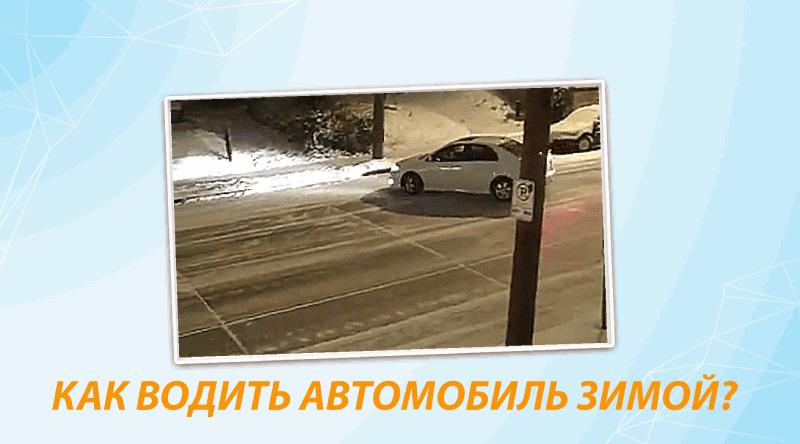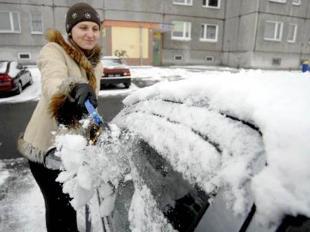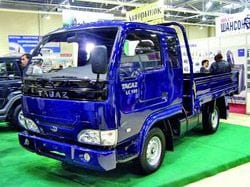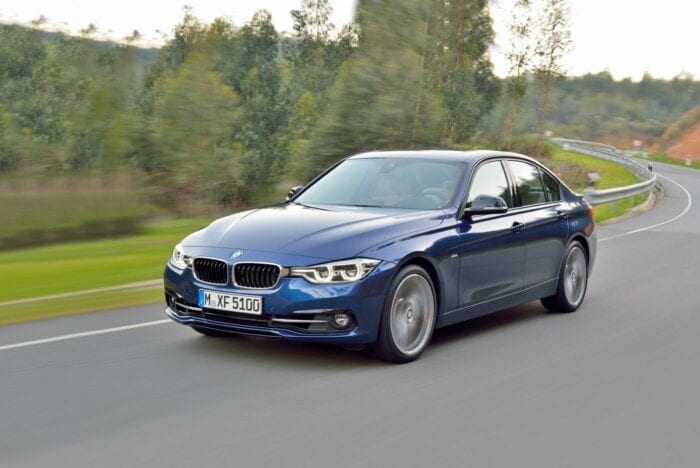
Winter driving safety
 Driving in adverse weather conditions is a test of the vehicle's technical condition. An unreplaced bulb, dirty headlights and windshields, or a worn tread can lead to an increased risk of collision. Renault driving school coaches advise what to look for when preparing your car for the upcoming autumn-winter conditions.
Driving in adverse weather conditions is a test of the vehicle's technical condition. An unreplaced bulb, dirty headlights and windshields, or a worn tread can lead to an increased risk of collision. Renault driving school coaches advise what to look for when preparing your car for the upcoming autumn-winter conditions.
– Feel free to prepare your car for the tough times ahead  atmospheric conditions. Before low temperatures set in and the roads are covered in mud and snow, we advise you to ensure good visibility, traction and efficient braking system. These are the main elements that affect driving safety. Their neglect poses a threat both to us and to other road users,” warns Zbigniew Veseli, director of the Renault driving school.
atmospheric conditions. Before low temperatures set in and the roads are covered in mud and snow, we advise you to ensure good visibility, traction and efficient braking system. These are the main elements that affect driving safety. Their neglect poses a threat both to us and to other road users,” warns Zbigniew Veseli, director of the Renault driving school.
READ ALSO
Getting your car ready for fall
How to shine effectively and in accordance with the regulations
Make sure you have good visibility
Due to the fact that visibility deteriorates significantly in autumn and winter, frequent rains and snows occur, one of the main things to take care of is the proper condition of the windshield, i.e. seasoned washer fluid and effective windshield wipers. If the wipers are smearing dirt, collecting water poorly, leaving streaks and squeaking, this is a sign that the wiper blade is probably worn out and needs to be replaced.
– Unfortunately, even the most transparent windows will not provide good visibility if we do not take care of the lighting. It is necessary to regularly check the serviceability of all lamps and replace burned-out bulbs.  until now. In the autumn-winter period, we advise you to check the fog lights, which at this time can be very useful, and which some drivers forget about because of their relatively rare use, say Renault driving school instructors. Also, do not forget to regularly clean all the headlights, especially when there is mud or snow on the road.
until now. In the autumn-winter period, we advise you to check the fog lights, which at this time can be very useful, and which some drivers forget about because of their relatively rare use, say Renault driving school instructors. Also, do not forget to regularly clean all the headlights, especially when there is mud or snow on the road.
Suitable tires
If the temperature is below 7°C, summer tires should be replaced with winter ones. When replacing, pay attention to the condition of the tread and pressure. At this time of year, road conditions are more likely to cause skidding, so good traction is essential. Although Polish standards state that the tread depth must be at least 1,6 mm, the larger it is, the more the level of safety increases. Therefore, in winter it is good if it is not less than 3 mm.
Shock absorbers and brake system
On wet surfaces, the braking distance is significantly longer, so care must be taken to ensure that it is not extended further if the shock absorbers are worn out or the brake system is not fully functional. – If a lot of time has passed since the last technical inspection, in the autumn it is worth considering a visit to the workshop, during which the mechanic will check whether, for example, there is a significant difference in braking force between wheels of the same axle or change the brake fluid – say the school instructors of every Renault .
 Attentive driver above all
Attentive driver above all
It should be remembered that people have a decisive influence on driving safety. In 2010, out of 38 traffic accidents in Poland, more than 832 were at fault on the driver's side. In difficult conditions, which undoubtedly often prevail on Polish roads in autumn and winter, the driver must be especially careful. Slow down, increase the distance between vehicles, and be aware that other drivers may not be well prepared to drive in difficult conditions, creating additional risk.
The rules of the road require the driver to drive at a speed that provides control over the vehicle, taking into account the conditions in which the movement takes place (Article 19, Section 1).

